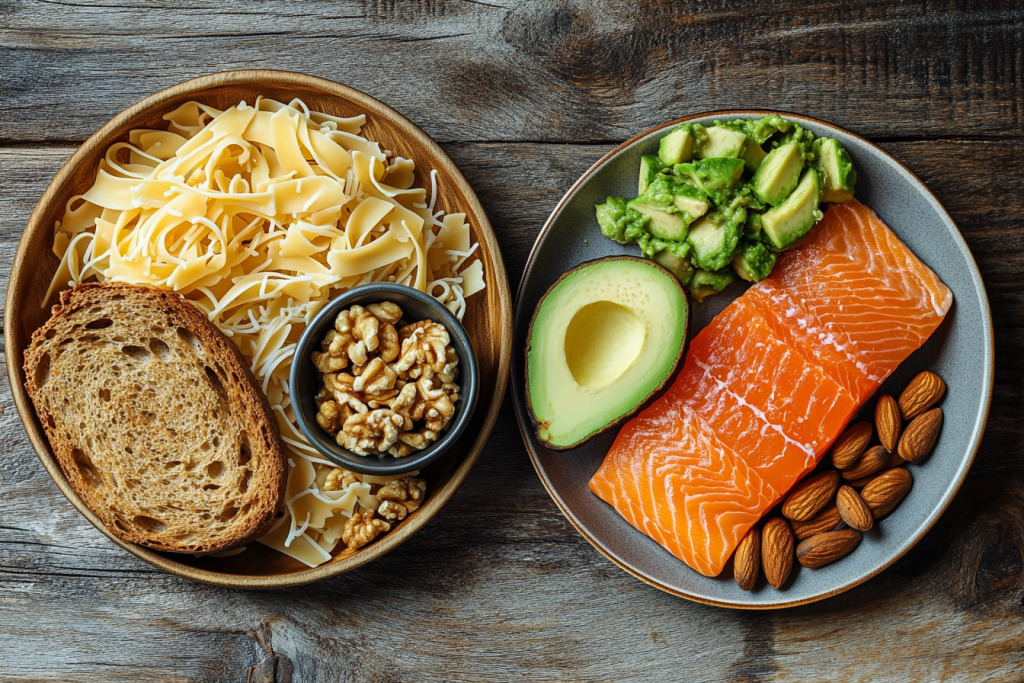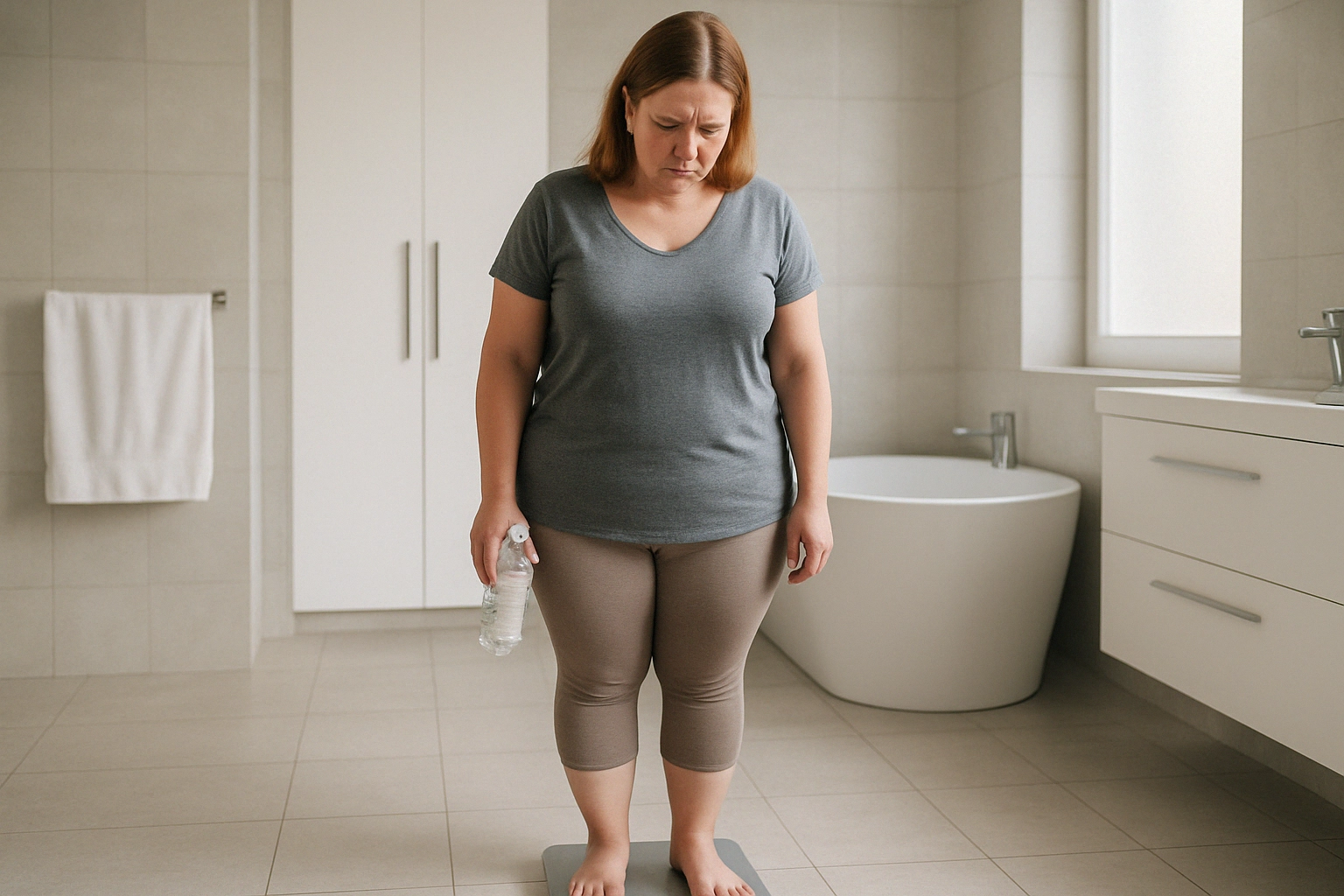Understanding Calorie Deficits for Effective Weight Loss
It’s common knowledge that consuming fewer calories than you burn leads to weight loss. Essentially, when you create a calorie deficit, your body is forced to use stored energy, which typically results in fat loss. But if staying in a deficit were that simple, why do so many struggle with long-term weight management?
Many people notice that their metabolism slows as they get older—often in their late 20s or early 30s. This is frequently blamed on aging, but in reality, repeated low-calorie dieting can cause the body to become more efficient at using energy, making fat loss even more challenging.

The Pitfalls of Calorie Restriction: Why It’s Not Always Effective
Our bodies don’t function like simple machines where input equals output. Instead, we rely on the endocrine system, which helps regulate metabolism and energy use. When calorie intake is reduced, the body adapts by conserving energy, making it increasingly difficult to burn fat. Additionally, calorie restriction can intensify hunger cravings, making it harder to stick to a diet.
This is where the traditional calorie deficit model falls short—it’s not just about how many calories you consume, but what type of calories you eat.

The Role of Insulin in Fat Loss
To truly understand fat loss, you need to consider insulin, the hormone that determines whether your body burns fat or stores it. Research from Guyton’s Physiology highlights that fat metabolism is significantly enhanced when insulin levels are low.
When we eat, we consume three macronutrients: carbohydrates, proteins, and fats. Among these, carbohydrates have the strongest effect on insulin levels, while fats remain neutral and proteins cause a moderate insulin response. This is why all calories are not equal—cutting carbs can directly impact insulin levels, making fat loss more efficient.
How Carbohydrates Affect Fat Storage
When you eat carbohydrates, insulin levels spike, signaling your body to store energy rather than burn fat. However, when carb intake is reduced, the body has no choice but to tap into stored fat for energy.
Let’s say someone consumes 1,500 calories per day on a low-carb diet. In addition to those calories, their body could be burning 500-800 additional fat calories, allowing them to stay energized without feeling hungry. That’s why people on low-carb or ketogenic diets experience fewer cravings—because their body is naturally using stored fat between meals.
Ketosis and Fat Adaptation: The Key to Long-Term Weight Loss
Reducing insulin through low-carb eating and intermittent fasting allows the body to enter ketosis, where it begins burning fat as its primary fuel source. However, it takes about two to three days to get into ketosis and two to three weeks to fully transition into fat adaptation, a state where the body efficiently burns both ketones and fat for energy.
A well-structured ketogenic diet typically consists of:
- 5% carbohydrates
- 20% protein
- 75% healthy fats
This balance allows the body to effectively burn fat, including visceral fat (stored around the organs) and subcutaneous fat (found just under the skin).

Different Types of Fat and Their Impact on Health and Appearance
One of the biggest misconceptions about belly fat is that it’s just stored energy. In reality, abdominal fat exists in multiple layers, including:
| Type of Fat | Location | Impact on Health |
|---|---|---|
| Visceral Fat | Around internal organs | Increases risk of metabolic diseases |
| Subcutaneous Fat | Just under the skin | Affects body shape and appearance |
| Fascia (Connective Tissue) | Surrounding muscles and organs | Can weaken over time, causing skin to lose firmness |
As visceral fat decreases with diet, subcutaneous fat becomes more visible. However, beneath these fat layers lies fascia, a gel-like connective tissue that can weaken if not properly stimulated. This can contribute to loose, sagging skin even after weight loss.
Fortunately, the right exercises can help strengthen fascia, giving the midsection a firmer, more toned look.
Introducing the Dead Bug Exercise for a Stronger Core
Excess abdominal fat isn’t the only factor contributing to a flabby midsection. Beneath the surface, connective tissue called fascia can weaken, leading to a lack of muscle tone. Fortunately, strengthening the fascia and core muscles can make a significant difference.
One of the most effective exercises for toning the midsection is called the Dead Bug. Unlike traditional sit-ups, which primarily work the hip flexors and can strain the lower back, the Dead Bug focuses on deep core stabilization, engaging the abdominal muscles without causing imbalance.
Step-by-Step Guide to the Dead Bug Exercise
To do this exercise correctly:
- Lie flat on your back with your knees bent at a 90-degree angle, directly over your hips.
- Extend your arms straight up toward the ceiling.
- Engage your core and keep your lower back pressed against the floor (no arching).
- Slowly extend your left leg outward while simultaneously reaching your right arm overhead.
- Return to the starting position and repeat on the opposite side.
- Continue alternating for 10-15 reps per side.
To increase difficulty, you can move both arms and legs at the same time while keeping your lower back in constant contact with the ground.

The Science Behind the Dead Bug Exercise’s Effectiveness
- Strengthens core stability
- Improves posture and spinal alignment
- Reduces lower back strain compared to crunches
- Helps maintain proper pelvic positioning
By incorporating the Dead Bug exercise into your routine daily, you can start noticing improvements within one to two weeks.




